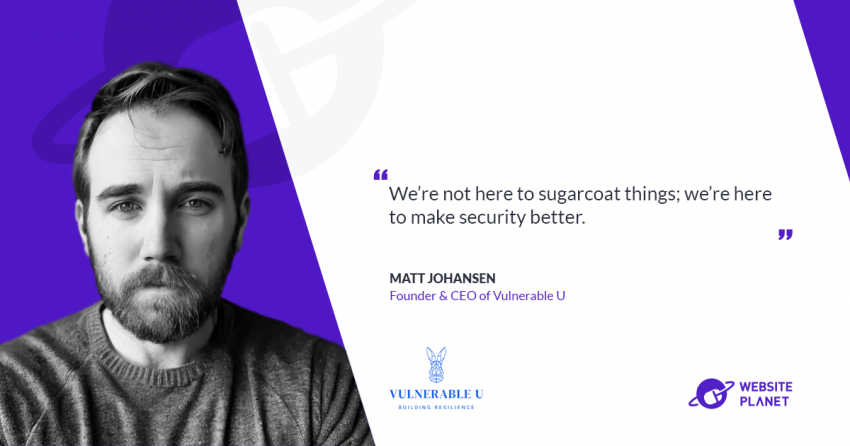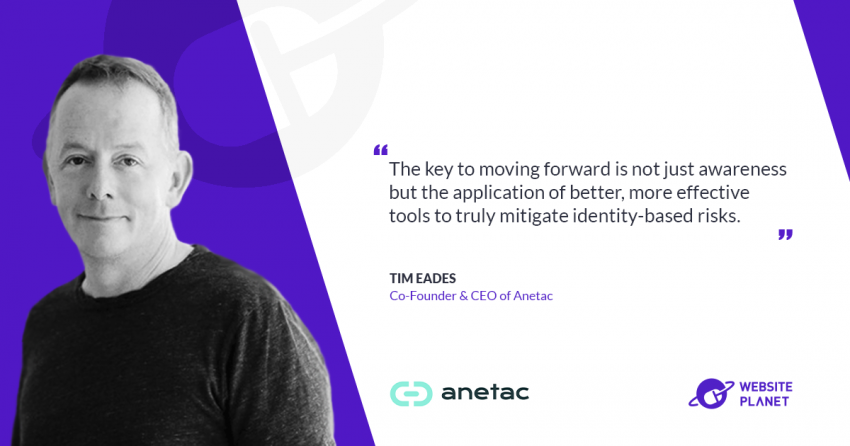To start, tell us briefly about you. What is your current role at your company, and what are the measurable achievements you are most proud of?
I’m the Co-Founder and CEO of Bold Metrics, an AI body data platform that assists apparel shoppers in finding their optimal size and fit, while concurrently aiding retailers and brands in boosting Average Order Value (AOV) and Conversion Rate (CVR) while decreasing returns. The ROI we deliver for our clients across these metrics continues to be our proudest achievement. On average we drive an 18% reduction in fit-related returns, a 232% increase in CVR, and a 32% increase in AOV.What pain point(s) do you solve for your customers? What was the “aha Moment” that led to the idea? Can you share that story with us?
75% of all apparel returns are due to fit, and with rises in bracketing behavior (buying more than one size in one item) due to poor size communication, returns are a significant pain point for our customers. My family’s craft in Master Tailoring inspired me – we realized we could revolutionize tailoring methods to align with e-commerce to provide shoppers with accurate sizing recommendations, and retailers with solutions to combat return rates and design more effectively. We started building machine learning models to make it possible for shoppers to get fitted for clothing without a measuring tape by creating a unique digital twin using our generative AI technology. Our technology accurately determines 50+ customer body measurements using a few simple shopper inputs and combines the shopper body data with brand-specific garment data to provide tailor-level accurate size recommendations that show how an item will fit across critical points of measure — allowing shoppers to choose their best size based on their personal fit preference.
♼ Just so you know
Returned inventory in retail generates approximately 9.6 billion pounds of landfill waste annually and contributes to the emission of over 27 million metric tons of carbon dioxide. This equals the annual emissions produced by about 5.9 million cars! By providing consumers with accurate sizing recommendations tailored to their individual preferences and body shapes, brands can significantly reduce return rates due to consumer error in purchasing the wrong size or engaging in bracketing behavior. This reduction in returns directly translates to cost savings for retailers, as they incur fewer expenses associated with processing returns and restocking inventory, and improved sustainability at scale.
Returned inventory in retail generates approximately 9.6 billion pounds of landfill waste annually and contributes to the emission of over 27 million metric tons of carbon dioxide. This equals the annual emissions produced by about 5.9 million cars! By providing consumers with accurate sizing recommendations tailored to their individual preferences and body shapes, brands can significantly reduce return rates due to consumer error in purchasing the wrong size or engaging in bracketing behavior. This reduction in returns directly translates to cost savings for retailers, as they incur fewer expenses associated with processing returns and restocking inventory, and improved sustainability at scale.

What do you think makes your company stand out? What are you most proud of?
Our in-depth body data expertise, digital twin technology, and highly accurate size recommendations are what separate us from the competition. Our body data platform instantly and accurately captures the human form in detail, without the need for a measuring tape, photos, or customer profile. It continuously learns over time, with a built-in feedback loop system consisting of purchase and return data associated with the digital twin data. At the same time, we gather valuable feedback to enhance future fit simulations by monitoring user purchase and return behaviors. This continuous learning loop enables the technology to adapt and evolve based on practical application data from customers of a specific brand. This growing dataset of consumer digital twins paired with garment data and purchasing behaviors allows brands to harness body data insights to design based on their actual shopper’s body data instead of generalized population studies or fit models that the apparel industry typically accesses. ✅ More accurate size recommendations ✅ Fewer returns ✅ AOV and CVR increase.
From your experience, what are the most important things to build a highly successful business? Please explain each in detail.
Important aspects of our success as a business have been defining a clear mission, vision, and values, understanding our target market’s needs and market dynamics, and offering a unique and strong value proposition. Defining our mission, vision, and values to act as a guiding north star in how we conduct business, hire new employees, and deliver excellence to our clients has been particularly helpful as we’ve grown. They align the team, provide direction and purpose, and help us to create a strong brand identity. A deep understanding of our target market’s preferences, pain points, and buying behaviors has been a crucial factor in helping us tailor our solutions to meet and exceed expectations and help identify opportunities for innovation and growth within our solution set. Putting ourselves in the shoes of our end users helps us understand the value they’re looking for, and craft better solutions to the problems they may be experiencing. Addressing our target market’s needs with unique and strong value propositions helps us attract new targets, and offers points of differentiation against our competition.What’s the one key lesson you’ve learned about building a business that you wish you knew when you started? What’s the story behind this realization?
One big leadership lesson I’m always working on is finding people better than oneself in every aspect of our business. Founders in the early stage of their company often take on almost all tasks of the business, which they tend to struggle to let go of as the business grows. So this is something I’m cognitive of, as we grow the business, to hire talented people who are at the top of their class in their respective talent and can excel in their areas.Based on your experiences, what trends and technologies are currently underestimated or overlooked, but can significantly impact your industry? How are you going to adapt?
The convergence of AI and retail toward personalization represents an exciting trend in the industry, and Bold Metrics is at the forefront of this movement. We’re tackling both aspects by leveraging AI to empower consumers to shop with their personal fit preferences in mind while also providing retailers with valuable insights into customer body data and sizing needs. Moving forward, we see this development evolving in several key ways: Deeper Insights for RetailersBy harnessing AI to build a deeper understanding of the subjectivity of fit, we’ll be able to provide retailers with actionable insights into consumer preferences and behavior. This includes identifying trends and patterns in sizing preferences across different demographics and geographies, enabling retailers to optimize their product offerings and strategies accordingly. The power of preference
Does the individual want to wear the garment slightly snug, loose, or just right? A retailer can’t answer this question. Allowing consumers to purchase based on their personal fit preferences will become increasingly important as demand for personalized experiences grows. Our approach allows the shopper to have this information at their fingertips and make a more informed decision. Overall, we envision a future where AI-powered personalization transforms the retail experience, enabling consumers to shop with confidence and retailers to better understand and meet the needs of their customers. We’re excited to continue driving innovation in this space and shaping the future of retail with our AI-driven size and fit-technology solutions.














